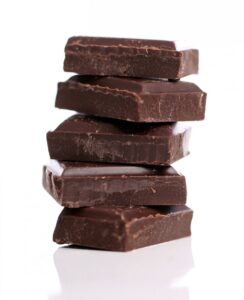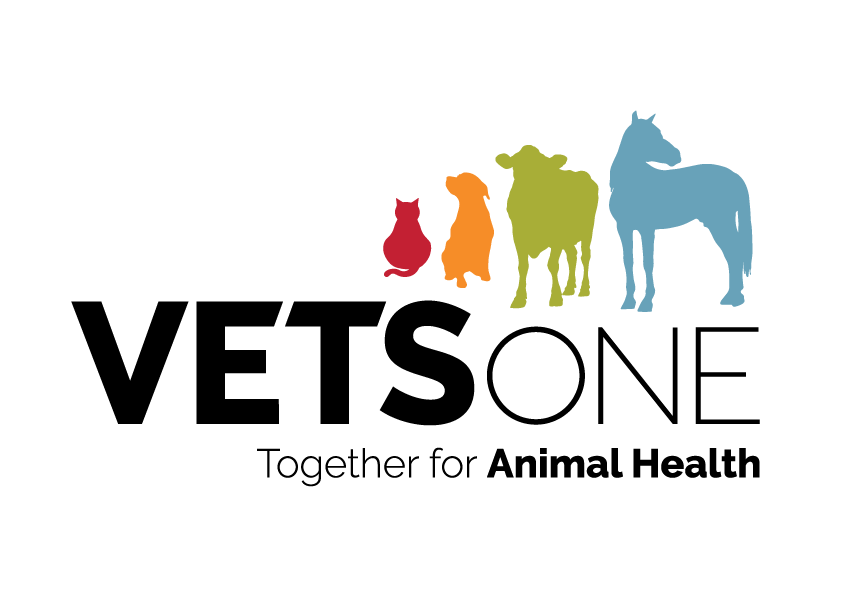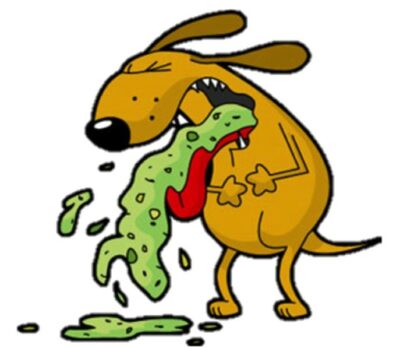Pets, especially dogs, can be quite indiscriminate about what they eat, which makes them good at eating the wrong things. This makes it essential that we do all we can to ensure they don’t have access to things that our toxic to them.
Here are the top toxins we see at VetsOne:
Medications: Medications are great when they are used correctly but can be dangerous when not. Human medications are common toxins (either by accidental access or a deliberate decision to medicate a pet), but we have also seen errors in giving prescription pet medication. Illegal drugs have also caused toxicities when animals have had access (accidentally or otherwise). Make sure medication is inaccessible at all times, ensure you carefully read and follow our prescribing advice, and never medicate your pet without professional veterinary advice.
Rat Bait: It is vital to think carefully about where you set baits, and watch access to areas where baits are stored. This toxin catches a lot of people out because it interferes with blood coagulation so the changes can be slow and easily missed but they can die of blood loss if left untreated.
Chocolate: Not all things toxic are actual poisons. There are several foods your pet should not have access to but chocolate is top of the list. Hiding them in wrapping paper doesn’t stop noses as good as a cat or dogs’ nose. Chocolate acts as a heart stimulant and causes hyper-excitability. Grapes (especially raisins/sultanas), onions and walnuts in their shells (actually the fungal spores on walnut shells to be accurate) have also sent their fair share of dogs to our emergency room. Avocado, Macadamia Nuts and Xylitol (artificial sweetener) have also been reported to cause problems.


Algal Bloom: Well reported as a toxin and commonly seen in Summer with slower river flows. They can appear as dark green-black or brown mats of algae in the water or as paler (beige-white-light grey) mats on the shoreline once dried by the sun. Unfortunately, this is almost always rapidly fatal. Do not allow your dogs to be in contact with rivers when algae is present.
Slug bait: A particularly nasty toxin as it doesn’t take much to cause dramatic effects on your pet. Two main sources of contact are; direct access to bait stations and finding old stored boxes in sheds. Symptoms include; salivation and tremors, which lead to convulsions.
Plants: Plants can look pretty but can be toxic to our pets. There is a larger list than we can record here, but common culprits are rhododendrons, azaleas, lilies and other bulbs.
Some poisons are treatable (either with anti-dotes or managing the symptoms until they resolve). However, there is a very small window for us to induce vomiting to reduce absorption, and potentially treat the toxin. If you do suspect your pet has had contact with something toxic, please don’t delay – it is extremely vital to seek immediate veterinary attention, even after-hours.







